The Great Lakes Network parks extend from the boreal forests of northern Minnesota to the sand dunes of southern Lake Michigan, and include 72 miles of the Mississippi River and more than 200 miles of the St. Croix and Namekagon Rivers. Despite the network's Great Lakes designation, these parks fall into three watersheds: the Arctic Ocean, the Great Lakes, and the Mississippi River/Gulf of Mexico. Diversity abounds.
Great Lakes Network Parks
-
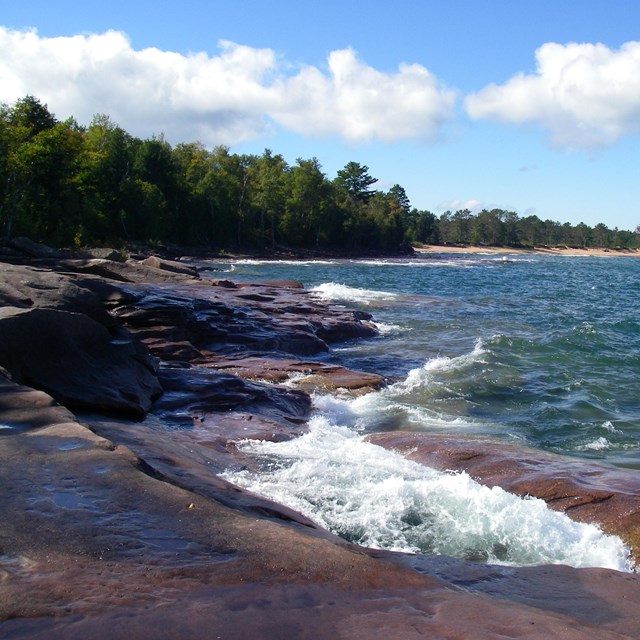 Apostle Islands National Lakeshore
Apostle Islands National LakeshoreTwenty-one islands along Lake Superior's south shore and 12 miles of mainland at the tip of Wisconsin's Bayfield Peninsula.
-
 Grand Portage National Monument
Grand Portage National MonumentSteeped in fur trade-era history, but a living example of cooperation between the NPS and the Ojibwe people.
-
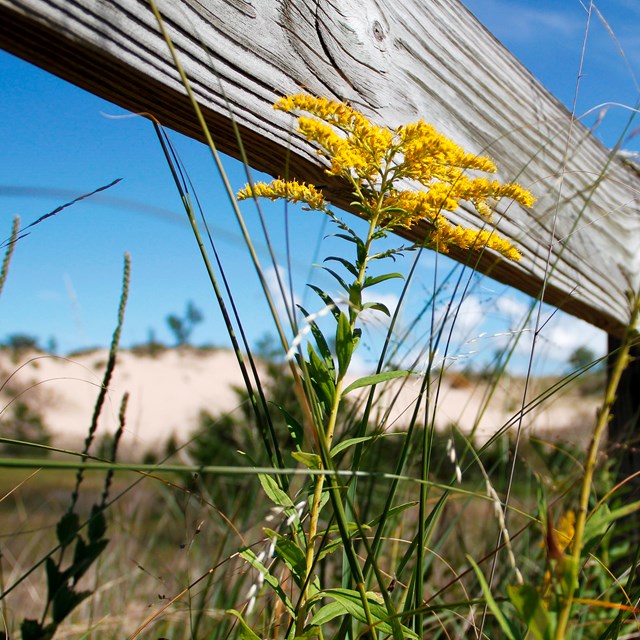 Indiana Dunes National Park
Indiana Dunes National ParkUrbanity meets nature at the Lake Michigan shoreline and extends to woodlands and prairies and wetlands.
-
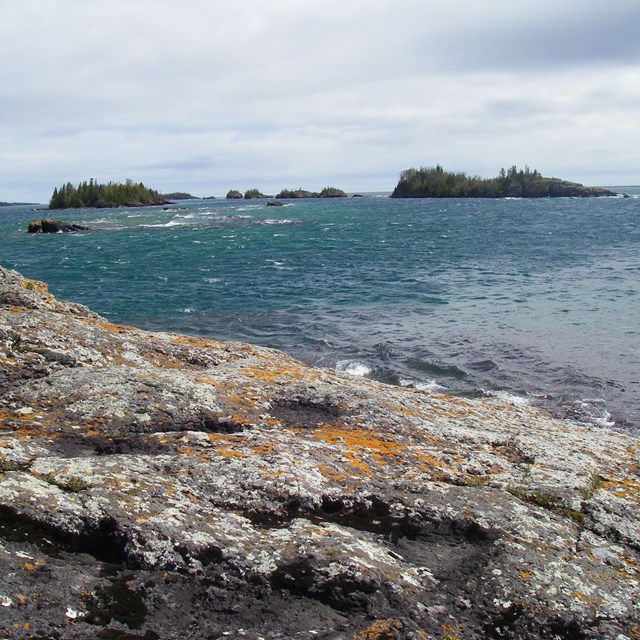 Isle Royale National Park
Isle Royale National Park210 square miles of rugged land and waters accessible only after the ice has left Lake Superior and then only by boat or floatplane.
-
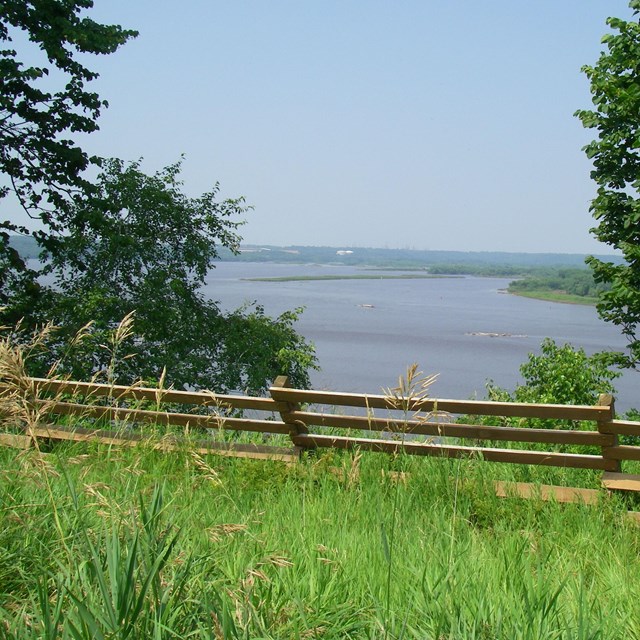 Mississippi National River and Rec. Area
Mississippi National River and Rec. AreaThreading its way between Minneapolis and St. Paul, the working river meets nature and recreation.
-
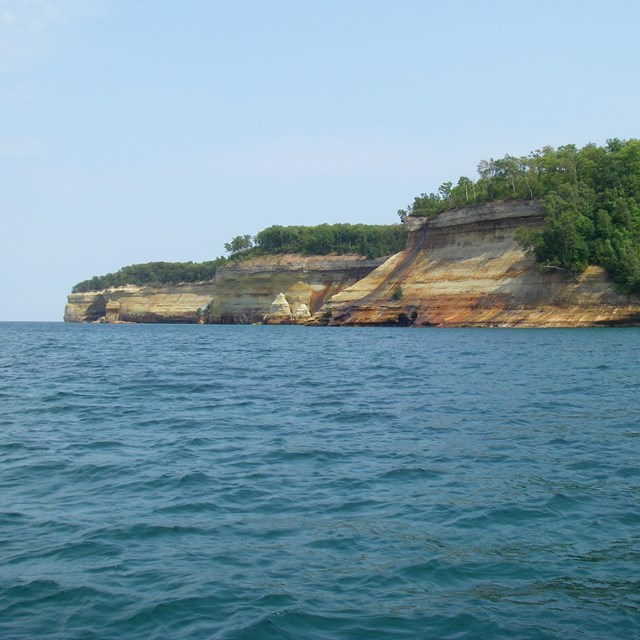 Pictured Rocks National Lakeshore
Pictured Rocks National LakeshoreNamed for the shoreline rock formations, but also offering the Grand Sable Dunes, northern hardwood forests, and hidden waterfalls.
-
 Sleeping Bear Dunes National Lakeshore
Sleeping Bear Dunes National LakeshoreTowering sand dunes, deep forests, blue-green waters, and two remote islands. Beauty to immerse yourself in.
-
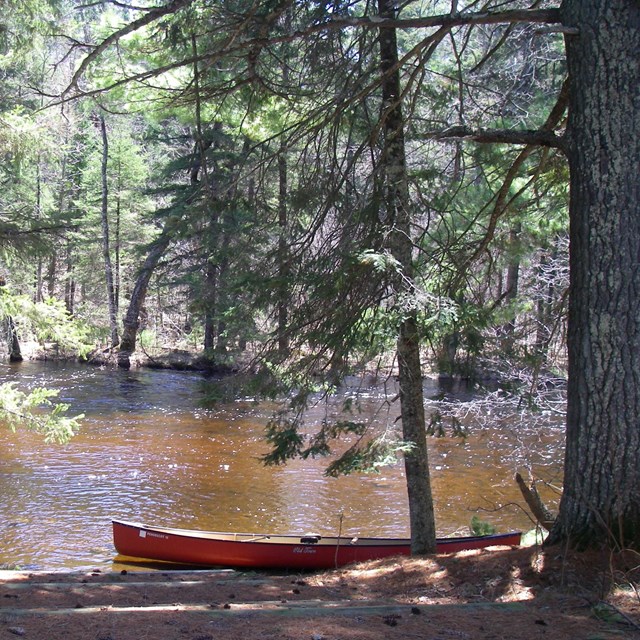 St. Croix National Scenic Riverway
St. Croix National Scenic RiverwayAmong the first in the country to be designated a Wild and Scenic River, there are 227 miles of nature and culture here to explore.
-
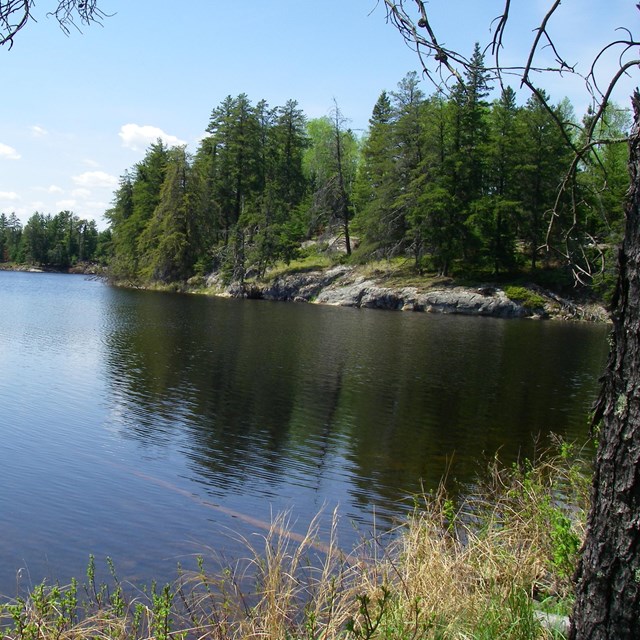 Voyageurs National Park
Voyageurs National ParkAlong the fur trade-era canoe route on the U.S.-Canada border, there are miles of water and hundreds of islands.
Partners
Great Lakes
Research & Education CenterSt. Croix
Watershed Research StationLast updated: June 26, 2023
